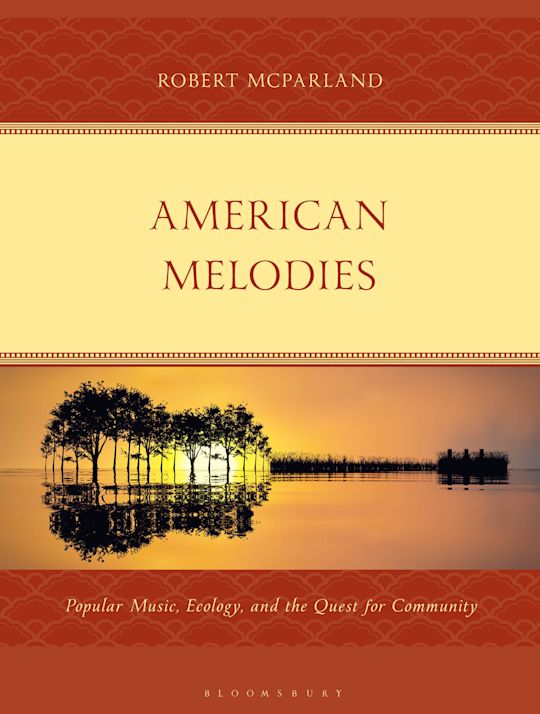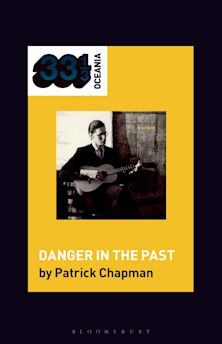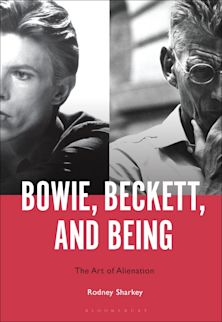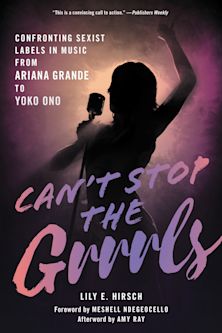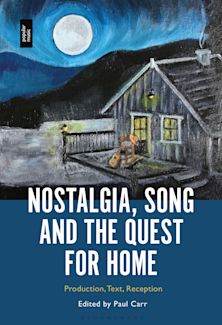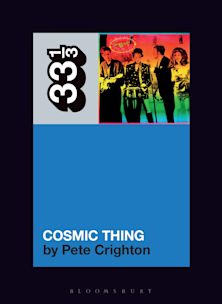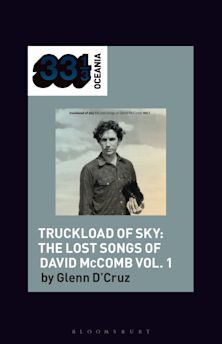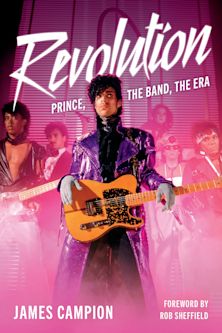American Melodies
Popular Music, Ecology, and the Quest for Community
American Melodies
Popular Music, Ecology, and the Quest for Community
Payment for this pre-order will be taken when the item becomes available
- Delivery and returns info
-
Free US delivery on orders $35 or over
Description
Robert McParland explores American music as a bridge between art, audiences, and the environment.
American Melodies is a study of America's varied music genres that is grounded in interviews with folk, rock, and jazz musicians, music listeners, songwriters, and organizers of music programs in local communities. The author explores artists' ecological, social, and technological concerns and the ways that music as an art form can reflect upon and actively reshape lived realities. Through interviews and conversations, he examines how the spirit of jazz, folk music and Americana, country, and rock music brings to life relationships between people, connection with their communities, and expression of social and ecological concern.
Table of Contents
1. Music Community and the Ecological Turn
2. Popular Music and Gaia: Restoring the Earth
3. Rock Music: Environmental Concerns and Community
4. Folk Music Community
5. Jazz Community, Blues Scenes, and Gospel Music
6. Reinhabiting the City: Music and Social Action
7. Online Community in the Digital Information Age
8. Community Music
Notes
Bibliography
Product details

| Published | Feb 05 2026 |
|---|---|
| Format | Hardback |
| Edition | 1st |
| Extent | 248 |
| ISBN | 9781666973792 |
| Imprint | Bloomsbury Academic |
| Dimensions | 9 x 6 inches |
| Series | For the Record: Studies in Rock and Popular Music |
| Publisher | Bloomsbury Publishing |
Reviews

ONLINE RESOURCES
Bloomsbury Collections
This book is available on Bloomsbury Collections where your library has access.








